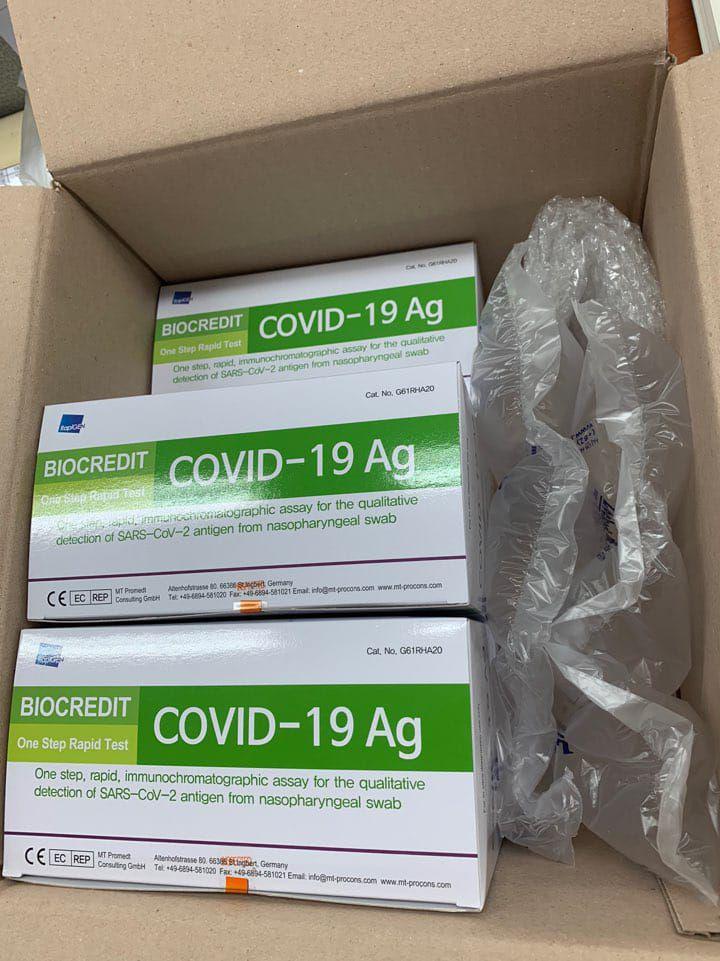The evolution of therapeutic resistance is a serious trigger of loss of life for most cancers sufferers. The growth of remedy resistance is formed by the ecological dynamics throughout the tumor microenvironment and the selective strain of the host immune system. These selective forces typically lead to evolutionary convergence on pathways or hallmarks that drive development.
Thus, a deeper understanding of the evolutionary convergences that happen might reveal vulnerabilities to deal with therapy-resistant most cancers. To this finish, we mixed phylogenetic clustering, programs biology analyses, and molecular experimentation to establish convergences in gene expression information onto widespread signaling pathways. We utilized these strategies to derive new insights concerning the networks at play throughout remodeling development factor-β (TGF-β)-mediated epithelial⁻mesenchymal transition in lung most cancers.
Phylogenetic analyses of gene expression information from TGF-β-treated cells revealed convergence of cells towards amine metabolic pathways and autophagy throughout TGF-β therapy. Knockdown of the autophagy regulatory, ATG16L1, re-sensitized lung most cancers cells to most cancers therapies following TGF-β-induced resistance, implicating autophagy as a TGF-β-mediated chemoresistance mechanism. In addition, excessive ATG16L expression was discovered to be a poor prognostic marker in a number of most cancers varieties. These analyses reveal the usefulness of combining evolutionary and programs biology strategies with experimental validation to illuminate new therapeutic vulnerabilities for most cancers.
Development of a Tool to Assess Interrelated Experimental Design in Introductory Biology.
Designing experiments and making use of the method of science are core competencies for a lot of introductory programs and course-based undergraduate analysis experiences (CUREs). However, experimental design is a fancy course of that challenges many introductory college students. We describe the event of a software to assess interrelated experimental design (TIED) in an introductory biology lab course. We describe the interrater reliability of the software, its effectiveness in detecting variability and development in experimental-design abilities, and its adaptability to be used in numerous contexts. The remaining software contained 5 elements, every with a number of standards within the kind of a guidelines such {that a} high-quality response-in which college students align the completely different elements of their experimental design-satisfies all standards.
The software confirmed wonderful interrater reliability and captured the total vary of introductory-student ability ranges, with few college students hitting the evaluation ceiling or ground. The scoring software detected development in pupil abilities from the start to the tip of the semester, with important variations between pre- and post-assessment scores for the Total Score and for the Data Collection and Observations element scores. This genuine evaluation activity and scoring software present significant suggestions to instructors concerning the strengths, gaps, and development in introductory college students’ experimental-design abilities and may be scored reliably by a number of instructors. The TIED will also be tailored to a quantity of experimental-design prompts and studying goals, and due to this fact may be helpful for a spread of introductory programs and CUREs. It is usually held that in vivo organic experimental fashions are concrete and non-fictional. This perception is primarily supported by the truth that in vivo research contain organic fashions that are alive, and what’s alive can’t be fictional. However, I argue that this isn’t all the time the case.
The design of an experimental mannequin might nonetheless render an in vivo mannequin fictional as a result of fictional components and processes may be constructed into these in vivo experimental fashions. These fictional components are important elements of a credentialed fiction as a result of the designs of in vivo experimental fashions are constrained by imaginability, conceivability, and credit-worthiness. Therefore, regardless of its fictionality, it’s credible for an in vivo experimental mannequin to stand in for the phenomenon of curiosity.

Experimental Models to Study Podocyte Biology: Stock-Taking the Toolbox of Glomerular Research.
Diseases affecting the glomeruli of the kidney, the renal filtration items, are a number one trigger of persistent kidney illness and end-stage renal failure. Despite current advances within the understanding of glomerular biology, therapy of these problems has remained terribly difficult in lots of circumstances. The use of experimental fashions has confirmed invaluable to research renal, and specifically, glomerular biology and illness. Over the previous 15 years, research recognized completely different and very distinct pathogenic mechanisms that end in injury, loss of glomerular visceral epithelial cells (podocytes) and progressive renal illness.
However, animal research and, specifically, mouse research are sometimes protracted and cumbersome due to the lengthy reproductive cycle and excessive conserving prices. Transgenic and heterologous expression fashions have been speeded-up by novel gene enhancing strategies, but they nonetheless take months. In addition, given the complicated mobile biology of the filtration barrier, sure questions is probably not instantly addressed utilizing mouse fashions due to the restricted accessibility of podocytes for evaluation and imaging. In this overview, we’ll describe different fashions to research podocyte biology experimentally.
[Linking template=”default” type=”products” search=”Phenol Crystalline for molecular biology” header=”2″ limit=”190″ start=”2″ showCatalogNumber=”true” showSize=”true” showSupplier=”true” showPrice=”true” showDescription=”true” showAdditionalInformation=”true” showImage=”true” showSchemaMarkup=”true” imageWidth=”” imageHeight=””]
We particularly talk about present podocyte cell tradition fashions, their function in experimental methods to analyze pathophysiologic mechanisms in addition to limitations with regard to transferability of outcomes. We introduce present fashions in Caenorhabditis elegans, Drosophila melanogaster, and Danio rerio that enable for evaluation of protein interactions, and precept signaling pathways in useful organic buildings, and allow high-throughput transgenic expression or compound screens in multicellular organisms.